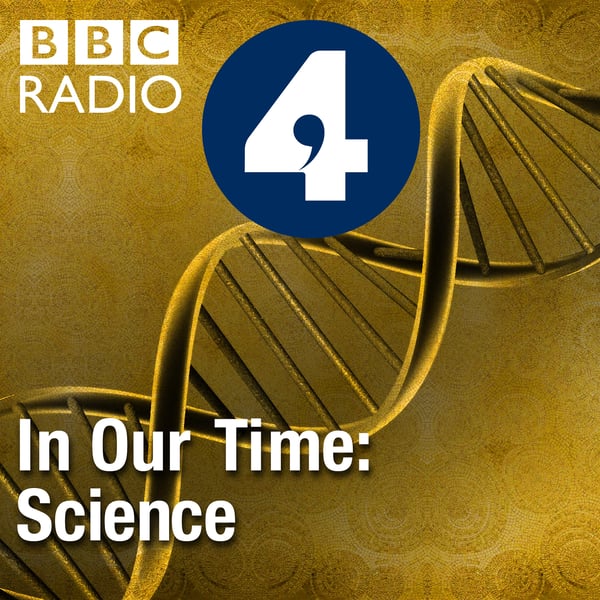The Neanderthals
In Our Time: Science
BBC
4.5 • 1.4K Ratings
🗓️ 17 June 2010
⏱️ 42 minutes
🧾️ Download transcript
Summary
Transcript
Click on a timestamp to play from that location
| 0:00.0 | Thanks for downloading the In Our Time podcast. For more details about In Our Time and for our terms of use, please go to BBC.co.uk. |
| 0:09.0 | I hope you enjoy the program. |
| 0:11.0 | Hello, in 1856 in the Neander Valley near Dusseldorf, workers quaring limestone |
| 0:16.9 | stumbled across some old bones which they assumed to be the remains of a bear. |
| 0:21.8 | They were handed over to a local naturalist who realized that he was looking at something far more intriguing. |
| 0:26.4 | The remains which included part of a skull as well as a leg, arm and rib bones |
| 0:30.9 | appeared to be ancient in origin and to come from an animal similar in appearance to humans. |
| 0:36.0 | But this was an animal previously unknown to science, possibly even an ancestor of modern humans. |
| 0:41.0 | The following year, the discovery was announced to the world's |
| 0:43.8 | a new species namely Homo Neanderthalis in honour of the place where it was |
| 0:48.3 | discovered. Today we know Homo Neanderthalis as the Neanderthal's, a relative |
| 0:53.0 | from modern humans that flourished several hundred thousand years ago. |
| 0:56.0 | Modern scholarship has established much about their lives and |
| 0:59.0 | behavior, although the reason for their extinction remains unclear. With me to discuss the Neanderthals |
| 1:04.7 | are Simon Conway Morris, Professor of Evolutionary Paleobiology at the University of |
| 1:09.2 | Cambridge, Chris Stringer, research leader in Human Origins at the Natural History Museum, |
| 1:14.5 | and visiting professor at Royal Holloway University of London, and Daniel Shreve, |
| 1:18.7 | reader in physical geography also at Royal Holloway University of London. |
| 1:23.0 | Simon Con Memorial Morris, before we talk about the Neanderthals themselves, |
| 1:26.0 | can you set the scene for us? |
| 1:28.0 | What was the Earth like about 400,000 years ago |
| 1:31.0 | just before the emergence or they're said to emerge these land at |
... |
Please login to see the full transcript.
Disclaimer: The podcast and artwork embedded on this page are from BBC, and are the property of its owner and not affiliated with or endorsed by Tapesearch.
Generated transcripts are the property of BBC and are distributed freely under the Fair Use doctrine. Transcripts generated by Tapesearch are not guaranteed to be accurate.
Copyright © Tapesearch 2025.

